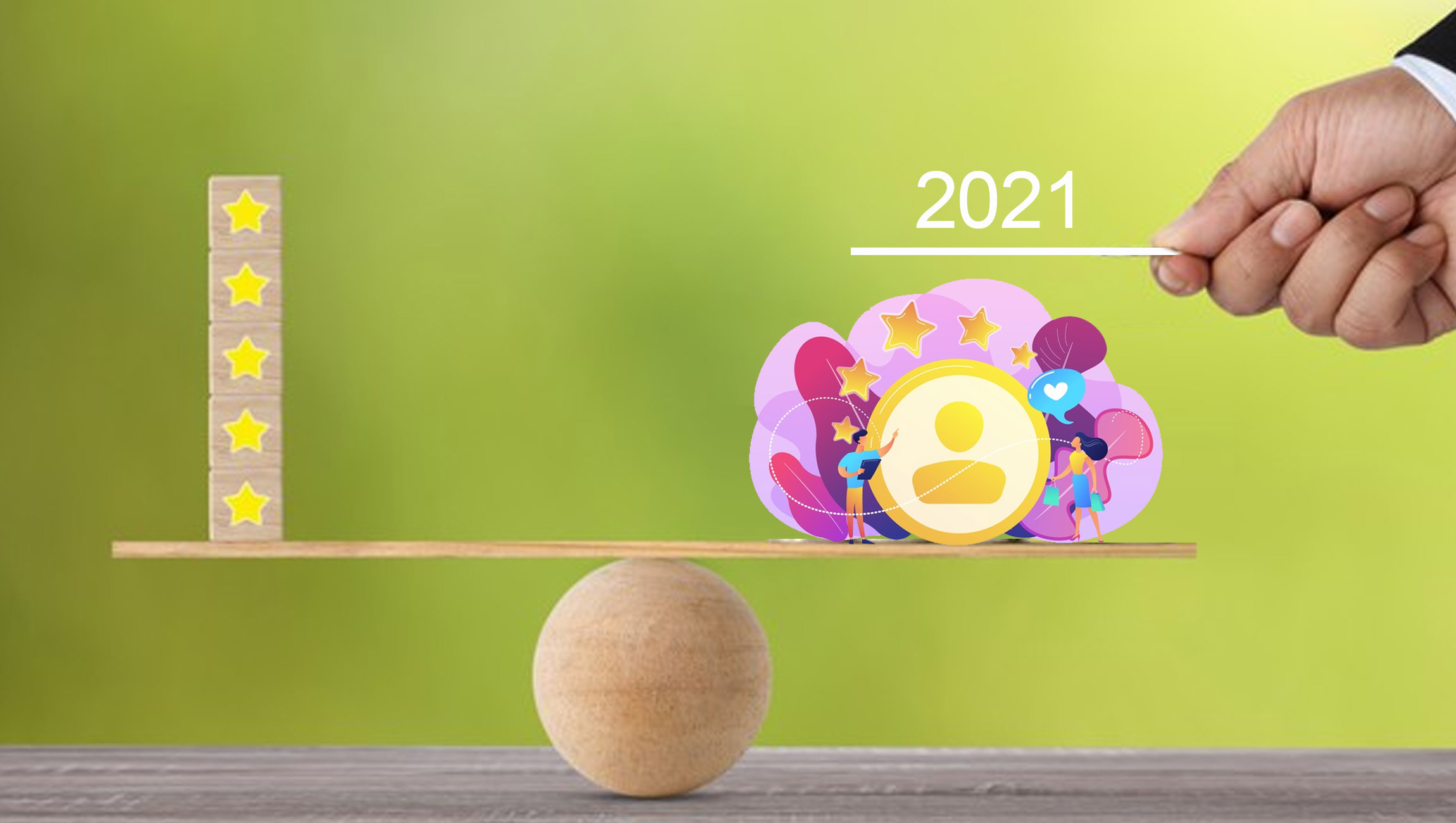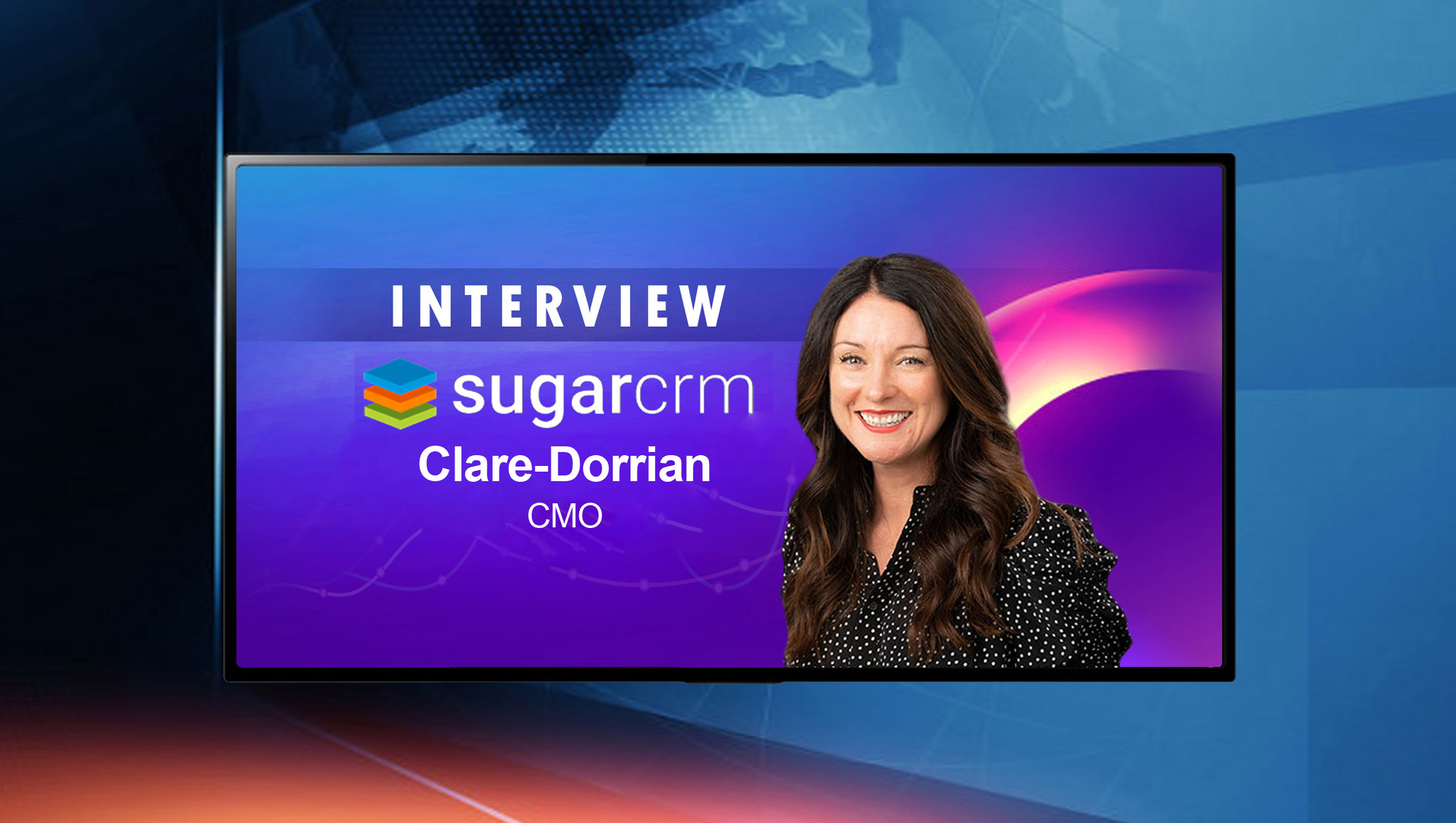Marty Zalewski, Managing Director of Europe for Rightpoint talks about a few key organizational trends that can benefit business leaders as they try to shape their customer experience and employee experience practices:
_____
We’d love to hear more about your Marty, your journey through the year during the pandemic in 2020, the biggest organizational trends you’ve observed and followed over time…
2020 made history books for a lot of reasons we’ve all experienced. To me, it’s been about growth ever since, even when faced with the challenge of starting my role leading Rightpoint in Europe in the midst of the pandemic, because of the role Mindfulness plays in my personal and professional life. And to practice Mindfulness is not only to be present with lots of self-care, but also to demonstrate the most intrinsic human quality of empathy for others. And that’s where the world has shifted overnight.
We’ve entered a new phase of the ‘New Norm,’ yet many of us do not know what this requires to stay competitive, yet alone survive. The answer is quite simple and easily accessible, in my mind, and it all starts with the empathy for your employees. Why not the customer, you may ask? Well, chances are you already have a strong portfolio of products supported with an innovation pipeline, but have you thought who will service those and, more importantly, if your employees are ready, empowered and supported with a modern digital workplace fit for the post-Covid reality?
An organization’s overall efficiency, profitability and competitive advantage are directly tied to employee engagement and satisfaction, and the numbers speak for themselves. The findings demonstrate that when an organization invests in employee experience, its own experience becomes all about growth. Significant growth is about 200% greater than for organizations with employees engaged only at an average level. In fact, another research shows that these companies typically see 147% higher earnings per share and an 80% reduction in work related stress.
Marketing Technology News: Roku’s Active Live Streaming Video Membership Grew Significantly Post-Quibi Shutdown
2020 has taught business leaders a lot of things besides the need to strengthen their remote work and hybrid work process – what are some of the top predictions you have for 2021 when it comes to business priorities?
Employees are challenged with many factors we cannot always control, but can greatly influence. I’ve already referenced how productivity is directly correlated to employee engagement and satisfaction, which greatly influences an increase in profitability and a reduction in overall costs, which matters a lot in 2021 and beyond as we enter the post-Covid world.
The three factors that we can influence are digital, cultural, and physical:
- Digital is the majority, about 65%, because it is by far the most constant factor in an employee’s daily life.
- Cultural aspects of employee’s work lives are the next highest. This includes how an organization supports its people, how it aligns internally with employees’ evolving needs and their sentiment about working there.
- Physical has influence, which is changing based on the New Norm, but there is less within the circle of influence compared to the others
All these priorities require investment, but its money well spent that will yield cost savings while fostering overall growth. In addition, everyone is human and everyone is individual, so business leaders will need to balance what’s right for the business alongside what’s right for every individual’s newfound sense of flexibility.
Shifts in organizational trends are causing companies and business leaders to refocus more of their efforts on improving the overall customer and employee experience. Can you share a few predictions here for 2021, and best practices on what companies should be doing?
Business leaders need to start aligning employee experience with both corporate strategy and customer experience. Fundamentally, we need to recognize that EX and CX are inherently linked. Let’s relate to it. Think of your own experiences with customer service that didn’t meet your expectations — what is the experience of the employee that may be impacting their ability to provide extraordinary customer outcomes?
In order to do that, we need to make strategy visible and tangible to the employees who are closest to the customer by making the employee part of the strategic visioning, not just solution design. That’s where strategy and execution meet.
Currently, many strategic initiatives are misaligned with the end result that a vast majority of leaders feel their company is good at the crafting of a strategy and vision, but less than half of them feel confident they will be able to implement it. To counter that, they need to be deliberate at bringing employee experience closer to the overall corporate strategy and customer experience.
Can you talk about some of the strongest employee cultures you’ve seen across global tech brands over the years.
Rightpoint certainly fits this definition and our culture is one of the key reasons why I moved here. My experience previously working for GE and Lloyds Banking Group, both of which have been leaders in the role employees play in the lives of their clients and customers, as well as in an organization’s growth, have allowed me to distinguish leaders in this space.
At Rightpoint, our values bind us while the technology connects us to create an environment of creativity and empowerment within our teams. This extraordinary employee experience we cultivate at Rightpoint translates into innovation for our clients. By supporting our employees’ growth, we drive better outcomes for our clients and their end-consumers, effectively driving their growth.
To me, that’s experience innovation at its best led by the values our teams live every day — putting ourselves in the very shoes of to whom we’re of service, understanding their needs and feelings to design solutions that help them thrive.
Marketing Technology News: Infor and C3 AI Form Strategic Partnership to Deliver Scalable Enterprise AI Industry Applications
We’d love to hear about your top people culture and most successful company culture programs…over the years: some of the top strategies you’ve driven?
The pandemic, along with the acceleration of digital adoption that came with it, requires a new style of cultural leadership. In my experience, leadership in the digital age reveals that certain qualities such as deep domain expertise, decisiveness, authority and short-term focus are giving way to softer skills that will outlast the change we’re undergoing.
That is where Mindfulness comes in. In my years of studying, practicing and leading with Mindfulness, I have observed six core principles I named ‘The Six Principles of Mindfulness’ that can have as positive impact on company culture as they do on feeling present and connected as an individual: authenticity, passion, courage, gratitude, collaboration and sense of purpose. Each of these concepts can be applied in a workplace setting to drive business outcomes. Holistically, they will lead to a better sense of self and improved wellbeing, enabling employees to be better leaders, better managers, better innovators and better — and happier — people.
A few of your biggest takeaways and tips on working effectively from anywhere….and adjusting to the new normal in 2021…and beyond.
Working from home or remotely has become the new way of life. We’ll never go back to the pre-2020 ways and now that the dust has settled, I’m helping many business leaders to design for better with modern digital workplaces and connected human experiences among employees, customers and suppliers. But we must all adapt our daily behaviors as individuals at home too. I’ve come up with some of my own WFH hacks I’m happy to share and write about on my Instagram daily.
To me, how I start my day determines how it will end. I ask myself the question ‘How do I want to feel at the end of the day?’ and that begins with how I feel emotionally and physically, how much self-care and self-love I give myself in the morning — it all starts with how I feel about myself.
Little over a year ago, I was watching Mel Robbins talk about her daily routine of bed-making in the morning, wherever in the world she sleeps, be it at home or away. She talked about having routines, as it has a positive impact on wellbeing. I reflected and tested the concept over the year — my Daily Morning Routine — with astonishing findings.
For me, mornings are the golden opportunity to ‘set the day on the right foot.’ It’s become a ritual, but one that evolves every few months. Currently, I start the day with a reflective Epsom Salt that quiets the ‘busy mind,’ grounds my thinking and allows for reflection in gratitude. I also speak with a close friend to chat about the feelings we all are experiencing in these challenging times, which combats loneliness, promotes reassurance and allows for human connection. I close my Morning Ritual with a movement/Metcon session on Zoom with my CrossFit coach in Warsaw (talking about advantages of connecting remotely!), which mobilizes the body, promotes healthy conditioning and most importantly allows me to connect with another person at a time when human connection is at a premium.
Marketing Technology News: Cloud Computing Could Eliminate a Billion Metric Tons of CO2 Emission Over the Next Four Years, and…
Here are Four key insights why it works:
- ‘My Daily Routine’ = ‘MINE.’ It’s all about me, reconnecting with myself through self-care, which is one of few things within my sole control in a very unpredictable world.
- It works! Following days or periods without a routine (and, as such, less self-care) led to mind and body’s negative response to stress manifesting in fatigue, illness and an ‘out-of-control’ feeling
- It helps with change by adapting to new situations. In a world where every day brings change, the routine should evolve with you, but it is important to always have it and stick to it
- It allows me to ‘Respond’ vs ‘React.’ I get less affected by what is outside of my control, and instead of ‘reacting’ with emotions, I become ‘aware of it,’ in a ‘flow’ that allows me to ‘respond’ in a balanced way.












Comments are closed.